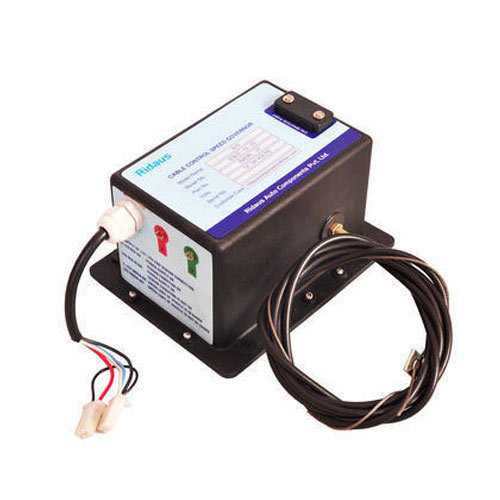BENEFITS OF SPEED GOVERNOR
Road Speed Limiters were developed to improve safety and
the environment by controlling the top speed of vehicles,
thus reducing serious accidents and pollution. The basic
function of the system is to limit the maximum speed of a
vehicle to a preset level whilst the throttle (accelerator) pedal
is fully depressed, without a noticeable variation in the speed.
In many cases this restriction in the top speed has shown
todramatically reduce the amount of fuel usedwhen
compared to higher top speeds.
The reduction of fuel costs is an important part of most
businesses. The reduction of carbon dioxide emissions is also
becoming a major factor for many companies. When
a reduction in fuel consumptions recorded, a reduction in
carbon dioxide emissions is also apparent. For companies with
an active ‘Green policy’, the introduction of speed limiters into
fleet vehicles can be a major step forward in reducing their
carbon footprint. The increase in fuel economy is not the only
benefit however, as the operating RPM is much lower at 70
mph as opposed to 80+ mph the engine and vehicle component
can also be reduced.
PRINCIPLE OF OPERATION
The Master Control Unit is powered By battery through
the Ignition switch. When ignition is turned ON, the MCU is
powered. The MCU activates the motor unit which rotates
anti-clockwise, thereby equaling the length of the Spring Rod
to that of the length of the original connecting rod, to allow
maximum acceleration.
When the vehicle is in motion, the Master Control Unit receives
beyond pulses from the speed sensor and computes the speed
of the vehicle. It constantly monitors the speed of the vehicle.
When the speed of the vehicle reaches the set speed, the FCD
activates the Solenoid Valve by means of which the flow of the
diesel is regulated. This controls the fuel flow to the engine
resulting in a stabilized speed.

